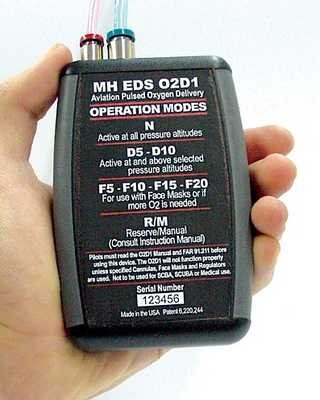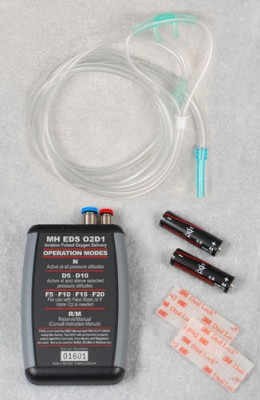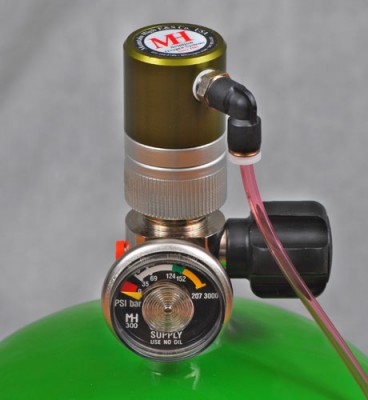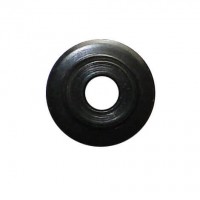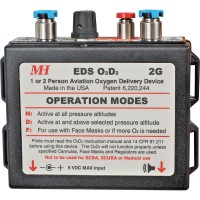1-877-795-2278 | info@aircraftspruce.ca
Aircraft Spruce Canada
Brantford, ON Canada
Corona, CA | Peachtree City, GA
Chicago, IL | Wasilla, AK
Aircraft Spruce Canada
Brantford, ON Canada
Corona, CA | Peachtree City, GA
Chicago, IL | Wasilla, AK
SAME DAY SHIPPING ON ORDERS PLACED BY 2 PM | 877-795-2278
Mountain High 2 Place 2 Eds-O2D1 Carry On Oxygen Sys With Cffc-022 Cyl
$5004.00/Each
Part# 13-03670
MFR Model# 00EDS-0004-02
MFR Model# 00EDS-0004-02
- JUMP TO
- Overview
- Documents
- Reviews
- Q&A
- View in Catalog
| Model | Description | Part Number |
|---|---|---|
| 00EDS-0004-02 | (2) EDS-O2D1 with CFFC-022 carbon fiber cylinder, XCR-540 regulator with tote bag - 2 Place | 13-03670 |
Overview
|
The EDS-02D1 System enables the general aviation pilot to fly at pressure altitudes up to 25,000 feet with safety and comfort. The EDS-O2D1 digital Pulse- Demand™ system reduces Oxygen consumption dramatically. Different from the "standard" constant flow systems, the EDS-O2D1 Pulse-Demand™ system wastes no Oxygen during the breathing cycle when oxygen is is not being delivered to the lungs. The average user will enjoy a duration increase of two to three times compared to the constant flow systems. The built in Barometer adjusts for Altitude increase while reducing the pilots work load. The unit operates for up to 100 hours on two AA batteries. The EDS-O2D1 should be used with any of our XCR, XCP, or 4-place FPR regulator. for correct pressure and oxygen delivery. The low-pressure service line is a high quality polyurethane line that is kink-resistant and flexible under varying temperatures. The cannula, face mask and service line connect to the EDS unit via color-coded "Quick-Connects" providing an air-tight fitting by hand. These fittings can be connected and disconnected many times. With the optional XCP connecting kit, the EDS can be used with an XCP system at the same time flow meters are being used. In addition, the optional ALPS Facemask with or without microphone, is the perfect addition to any EDS system. All systems are shipped empty. |
Documents
Q&A
Please note, Aircraft Spruce Canada's personnel are not certified aircraft mechanics and can only provide general support and ideas, which should not be relied upon or implemented in lieu of consulting an A&P or other qualified technician. Aircraft Spruce Canada assumes no responsibility or liability for any issue or problem which may arise from any repair, modification or other work done from this knowledge base. Any product eligibility information provided here is based on general application guides and we recommend always referring to your specific aircraft parts manual, the parts manufacturer or consulting with a qualified mechanic.

 Aircraft Spruce Canada
Aircraft Spruce Canada
